CARspec had the opportunity to diagnose and repair a 2007 4Runner recently that wouldn’t engage 4WD high or low – the shift indicator would only blink and the car remained rear-wheel/2WD. Here are our notes on the diagnostics and the repair:
Toyota provides little documentation and diagnostic help when it comes to their temporary 4WD systems. The 4WD module has no self-diagnostics and the repair manual is little help in the way of diagnosing transfer case actuator/front differential automatic disconnecting systems. The wiring diagrams for the systems also don’t indicate when the monitoring switches (which track the internal location of the actuators) should be open or closed. Getting a good diagnosis on a failed actuator, either at the transfer or the front differential, is difficult.
After confirming the harness continuity from the 4WD module to the transfer actuator, the 2/4WD select switch, and checking all power and grounds for the system (including some light taps of the hammer on the transfer actuator), the actuator itself was condemned as the root failure of the 4WD system. Here’s the actuator installed on the back of the transfer:
Replacing the actuator, which houses both control motors and all the switches, is a complicated procedure if you’ve never tackled it before. It requires transfer case removal and partial disassembly. Here’s what it looks like opened up, actuator still installed:
The above is the transfer case open with the rear gear cluster installed. Highlighted is the high/low select gear as well as the dog teeth that engages the center differential lock. The above is pictured after the new actuator was installed in the 4WD high position (the actuator itself includes the rods that are attached to each select fork pictured). A sharp eyed technician will also note that the actuator shaft clips aren’t installed – they were after the photo was taken (there are three total on this transfer).
TOYOTA SHIPS THE ACTUATORS IN 4WD HIGH POSITION. MOVING THE ACTUATOR SHIFT RODS MANUALLY ANY AMOUNT WILL MISTIME THE NEW ACTUATOR, NECESSITATING A SECOND NEW ACTUATOR. DO NOT MOVE THE ACTUATOR SHIFT RODS. It is OK to move the select forks and gears to get everything to line up, just don’t move the rods less you destroy the actuator and you’ll have to buy another one.
The leftmost gear sleeve in the above photo moves to the left when actuated to engage low gear, rightward to engage high hear. The rightmost sleeve in the photo moves one step right to engine 4WD, and another step to the right to engage the center differential lock (two steps back left puts the vehicle back into 2WD). The above is currently in 4WD high. Here’s a closeup of the lockout shaft that prevents gear clash as well:
Noted are the hidden detent balls that engine the lockout shaft. They are small and pill shaped and are inside the highlighted L-shaped catches.
After the new actuator was installed and the FIPG gasket was allowed to sit overnight, the transfer case was filled with gear lube and returned to service, now with functioning 4WD High/Low and center differential lock.
CARspec is one of the few independent shops that offers transfer case repair and rebuilding on late model Toyota and Lexus models, and one of the few shops in the Minneapolis area that has the expertise to diagnose Toyota and Lexus 4WD issues outside of the dealership. As Minnesota’s independent Toyota, Lexus and Scion repair specialist we pride ourselves both our fast turnaround, expertise and quality that is unmatched in the industry.
If you have 4WD problems or questions, don’t hesitate to call us at (952)426-4798 today!

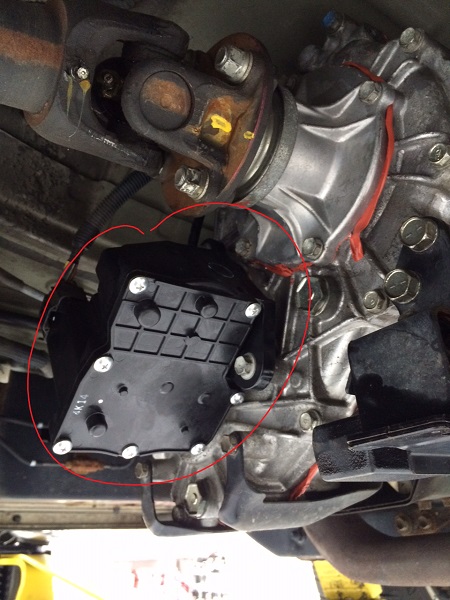
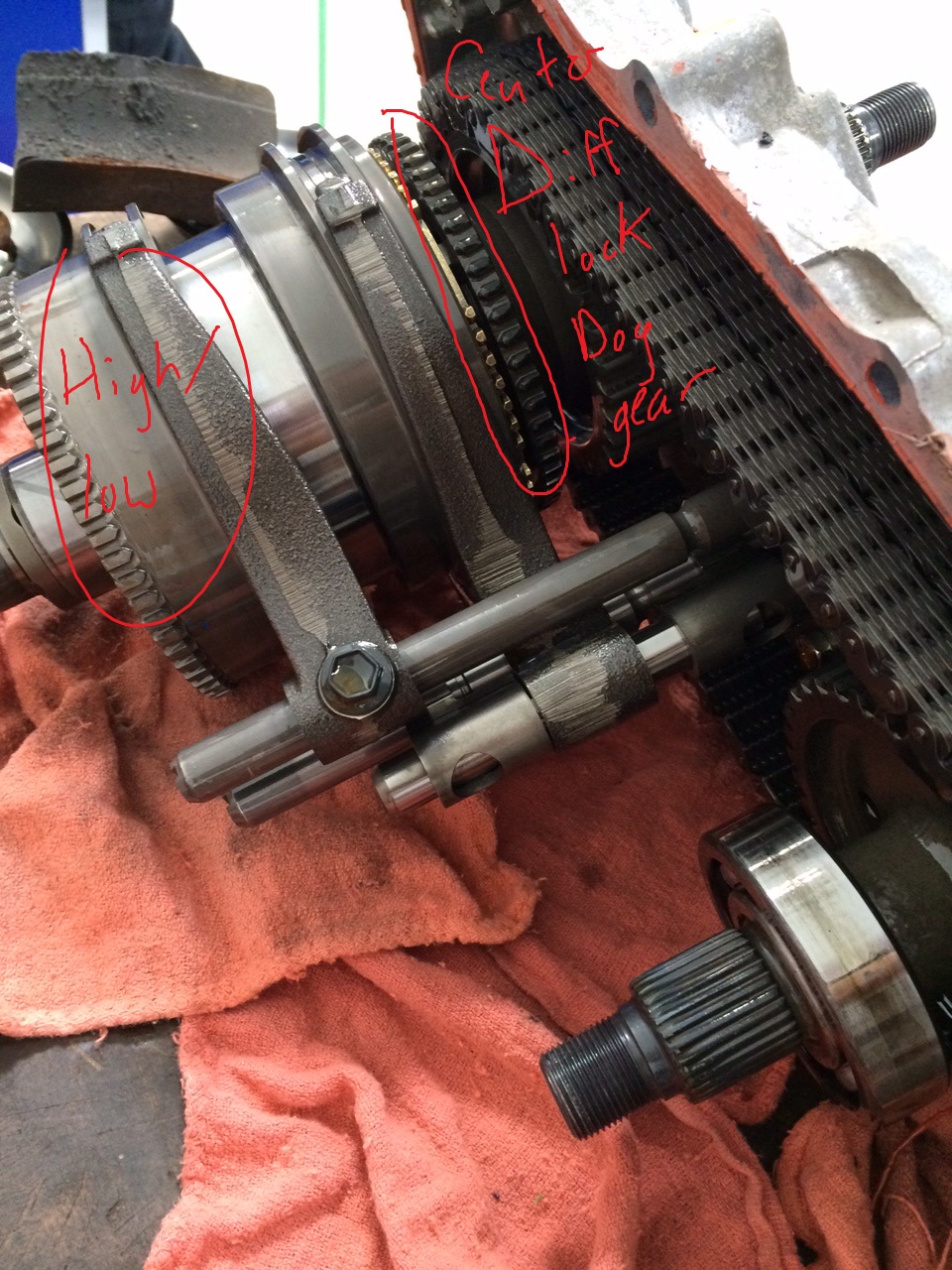
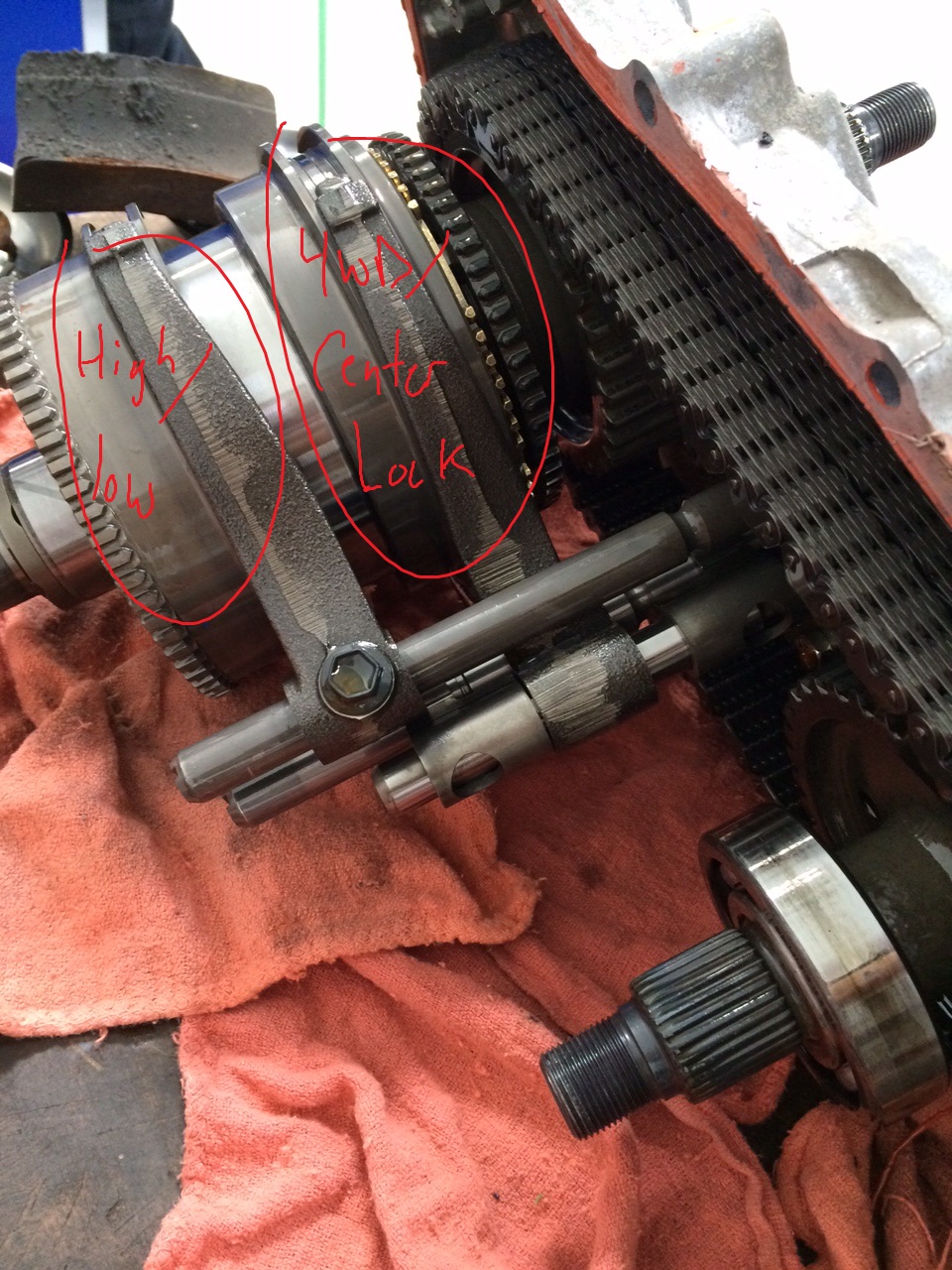
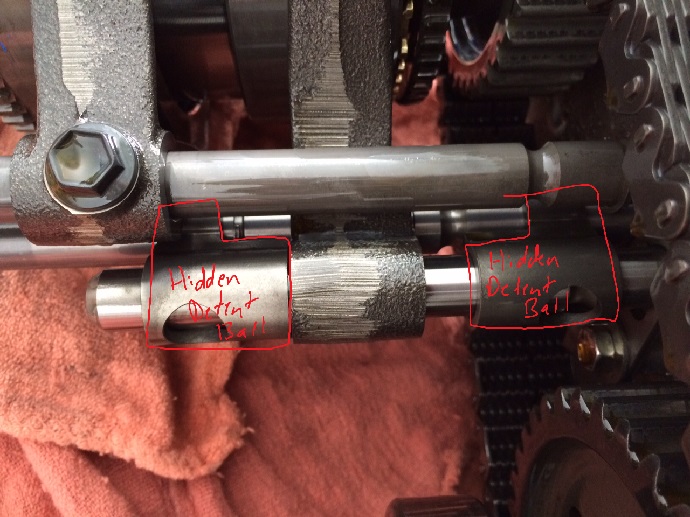
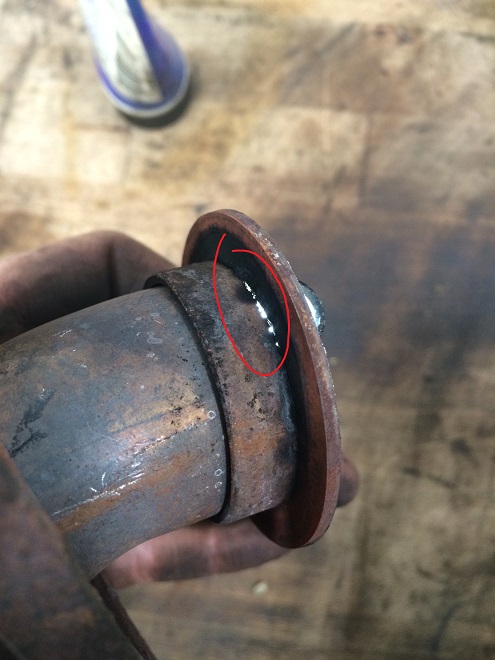
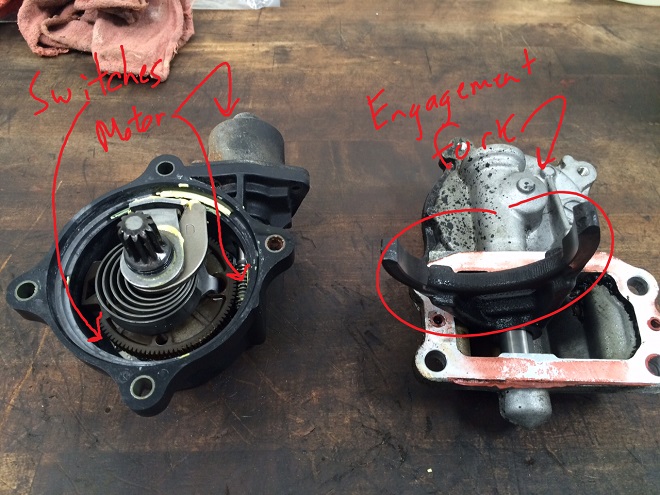

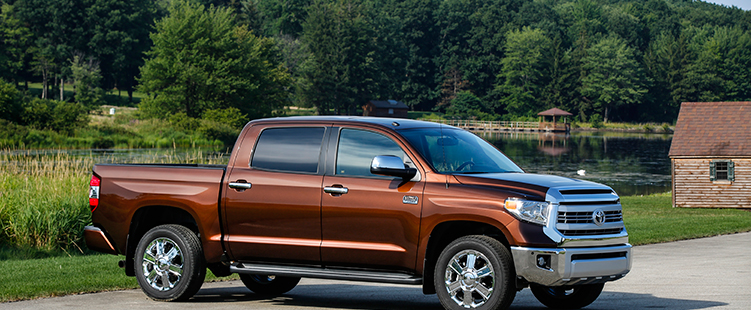
[…] 4WD are, especially at higher mileage, more susceptible to 4WD failure than their older brethren. In a similar vein as the 4Runner we repaired recently that had a failed transfer case actuator, CARspec was tasked with a Toyota Tundra that wouldn’t complete the engagement of 4WD from […]
[…] often we’re tasked with fixing the issues other independent shops can’t, like this transfer repair, timing complex Toyota engines or this suspension conversion. If you are in need of diagnostics […]
I have a 2007 Tacoma 4×4 Trd I’m having trouble with my tranfercase module it will not go into 4×4. Is there any other module I can buy I’ve bought 2 already an they don’t last.
Anthony,
I’m confused which part you are replacing when you say “module”. Care to elaborate?
John
have you ever assembled a used transfer case shift actuator motor with the existing shift shafts, plus be able to time the actuator motor. A new actuator with no shift shafts installed? This is the $800-&900 question you speak about above stating that a new Toyota actuator with shift shafts come in 4H out of the box and don’t move them…
2004 4Runner, 4.0L
Hello!
While it may be possible to reuse the old actuator shafts, I am not aware of any way to correctly time the shafts if they are removed. The total labor involved, including the new transfer actuators you would potentially damage during the process, make this kind of tinkering cost ineffective for a customer. I’d hate to have to buy multiple actuators trying this when we could have fixed it the first time with the rebuilding.
In any case, a good question.
John
Hi John,
we have a 2004 Toyota 4runner that will not come out of 4lo. I jacked up the front end and tapped on the actuator. Then I removed the actuator plastic covers and the motor is working. I placed the vehicle in neutral while on jacks then moved the selector switch back and forth and the front tires continue to turn. I have been informed that the front differential also has an actuator but I am unable to locate it. Do you believe this could be the culprit.
Thanks so much and God Bless.
Andy Knapp